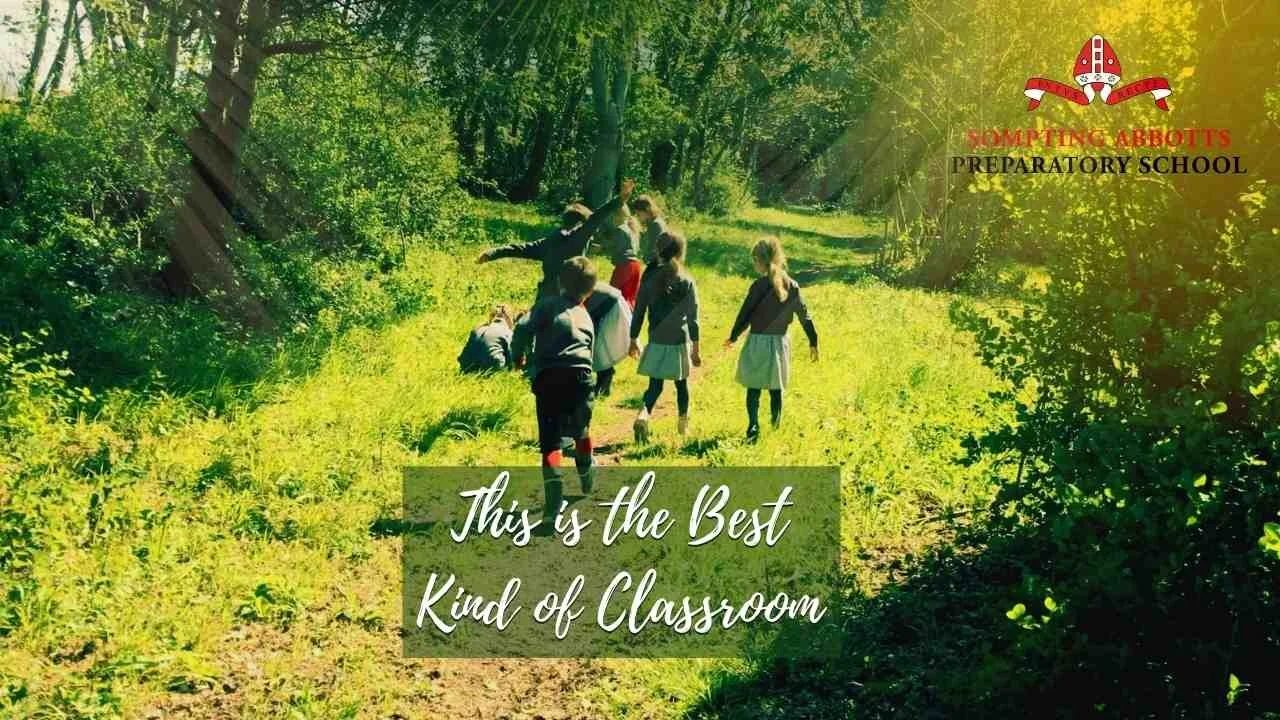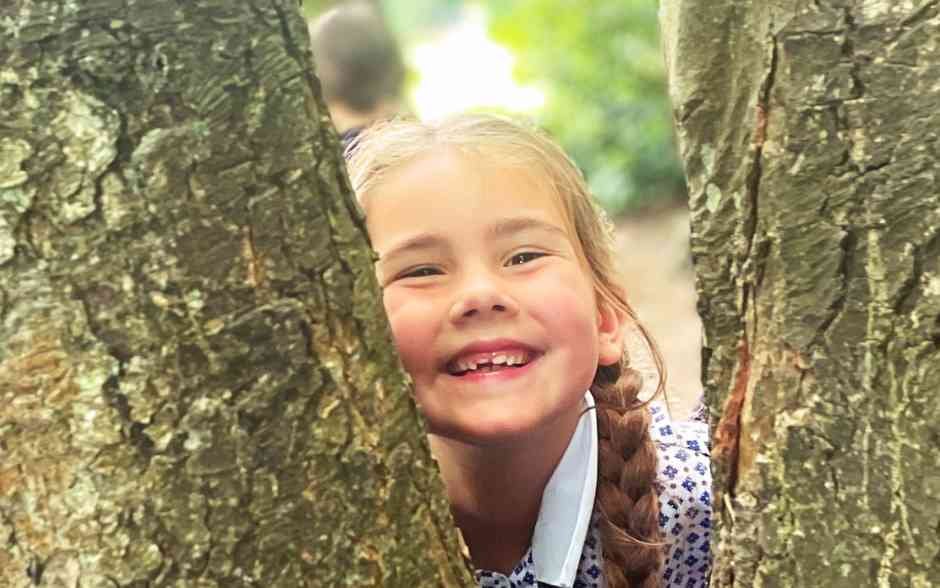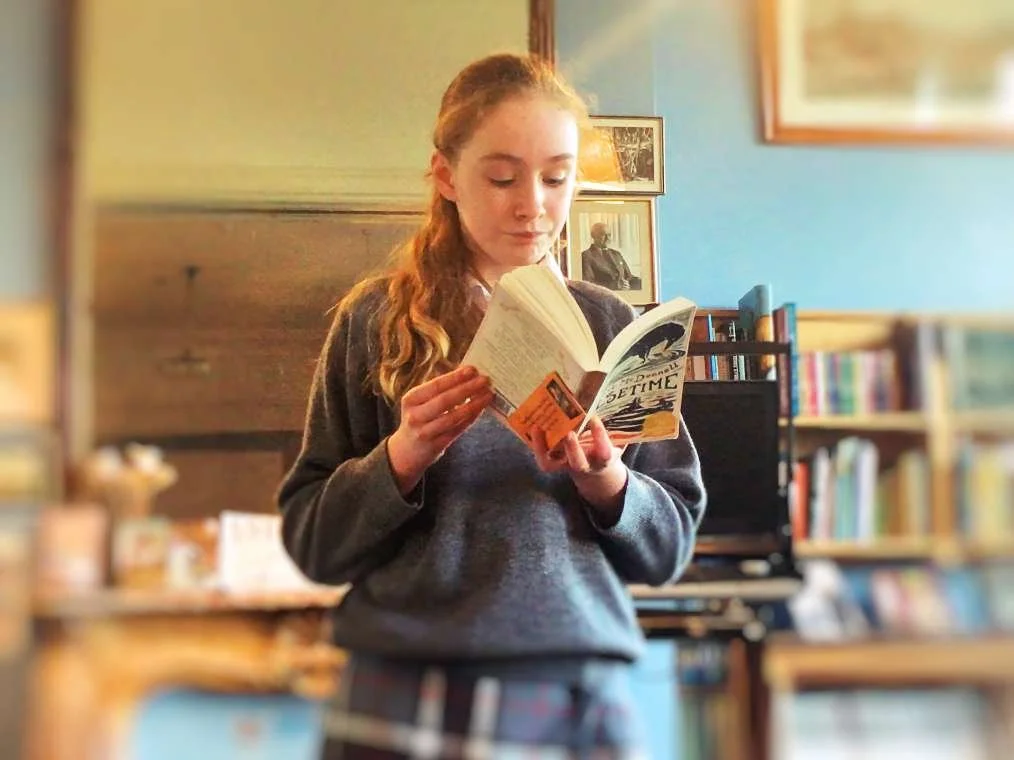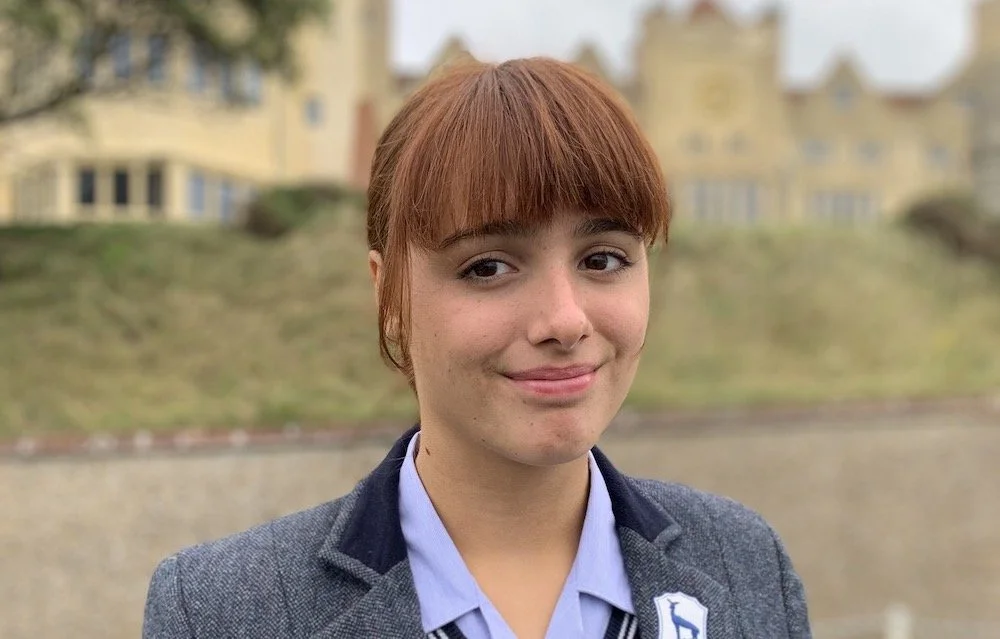Sompting Abbotts selected for Independent Schools of the Year prestigious Green Award
/“Fantastic news! Thank you to all our staff who have made this brilliant recognition possible and worked so hard to teach our children to ‘think green’, to love their outdoor world and to harness our natural milieu to bring curriculum-based learning to life.”
If we’re to leave our children a better world than the one we inherited, teaching them to love nature is the best start…
Sompting Abbotts is increasingly earning the reputation as the school that "does outdoor learning" and we're delighted to announce that it has been noticed!
We are thrilled that Sompting Abbotts has been shortlisted as a finalist for a prestigious Green Award in the Independent Schools of the Year Awards!
This award is for the school which most impresses the judges by the way in which it has made a decisive and positive contribution to the environment.
We're so pleased that our green ethos has earned this recognition!
The final winners will be announced at an Awards Ceremony in October
This is the Best Kind of Classroom by poet Ian Macmillan. Performed by Year 2 at Sompting Abbotts Preparatory School.
“Outdoors is seen as their world and the excellent opportunities offered by the extensive grounds and gardens mean that they can, for example, climb the apple trees every day, see them blossom and come into fruit, lose their leaves and then bud again, and enjoy eating the apples in the autumn. The teachers share this appreciation of the natural world and build on it to enthuse the children.”
“If children lose contact with the natural world, they won't fight for it,” says Stuart Douch, Headmaster of Sompting Abbotts Prep School in West Sussex.
“This has long been our grass-roots ethos. The climate emergency has only underlined the importance of learning about sustainability.”
Too many children, these days, he says, are losing touch with nature. “A great many are more familiar with Pokémon and Minecraft characters, than species of British wildlife.”
Not so at Sompting Abbotts, which is set within 30 acres of mature woodland, chalk grassland and ponds inside the South Downs National Park.
The children’s play area is green open space, which they’re allowed to roam. They have trees to climb (positively encouraged, with a few height rules!), squirrels to spot, and fresh air to breathe.
Thinking green is part of everyday life at the school and extends though all key stages. “Playing to children's fascination with nature makes it easy to teach green issues to them," says Mr Douch.
“Here, nature immersion means they get to do lots of the ‘old-fashioned' stuff children love most. Like den-building, making daisy chains or hunting for the shiniest conker. Our annual Golden Conker Competition is a big event!”
Children in the Pre-Prep receive twice-weekly Forest School-style outings to the woods. They go out in all weathers and pull on warm tracksuits, coats and wellies.
“These are the lessons the children will always remember,” says Mrs Miles
“To be able to take my class outside to marvel at the bee swarm or frog swarm just can’t be matched by a YouTube clip.”
Says Kirsty Miles, Head of Pre-Prep: “Right from the Nursery stage, our children collect wood to build their own fire, learn to make tools from natural materials, and build dens.
“They dig in the mud, identify creepy-crawlies with magnifying glasses and iPads, and can recognise plant and leaf shapes.
“Spring, we grab nets and use our big pond for wet habitat science learning to discover water boatmen, tadpoles and dragonfly nymphs.”
Yes, the children do get messy; stung by nettles and get clothes caught on brambles, she adds. “But that’s part of helping them to develop resourcefulness, resilience and autonomy.”
Many shades of green
The school has a walled apple orchard, an Edwardian greenhouse and vegetable garden. Here, the children in Gardening Club grow tomatoes, onions and peppers for school lunches while the Pre-Prep use the orchard fruit for numeracy, apple pie baking and art.
Prep-age pupils continue to ‘think green’. Teachers harness the natural milieu to bring curriculum-based learning to life. They use the grounds and its multiple habitats and eco-systems for science, geography, history and art and for other applications such as field study and data collection.
“I knew the incredible grounds and outside country lifestyle would capture my children’s sense of fun and adventure. No other school in our area encourages den building, conkers and exploring copses. My children can now identify Sparrow Hawks and Buzzards; they know the sound of a Song Thrush and Blackbirds. ”
Birdwatching lessons? Yes!
Many pupils’ love of birdwatching is due to the input of Mr Buckingham (B.Sc. in Environmental Science and RSPB life member). Those in his form have daily 'Tweet of the Day' bird-watching outings around the grounds – binoculars, recording equipment and notebooks in tow.
Properly taught, says Mr Douch, climate change education should be a thread through all subjects – not just science and geography.
"That's from the food miles of the lunch ingredients used in the kitchen to debates on humanitarian issues such as mass migration in religious education or PSHE education."
Last term, the school unveiled a new bench in its grounds made from hundreds of ‘eco-bricks’.
“It was part of a school-wide collection campaign. The bricks were made from plastic bottles, packed solid with wrappers and packaging that we all collected. Seeing how much waste we create as humans was, I think, sobering for us all!”
At Sompting Abbotts, thinking green and celebrating the wonder of nature is simply ‘what we do’, says Mr Douch.
“But as an ethos, we believe it is powerful. Our pupils have the future of the planet in their hands.”
Watch the video to learn more about how our school uses its 30 acres of grounds, mature woodland, conservation ponds and wild areas as one big outdoor classroom that is adapted to nature, science, art and many other Forest-School-style lessons.









































